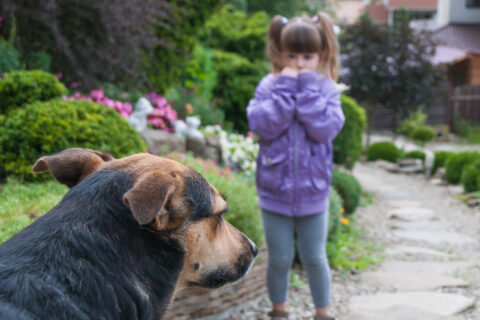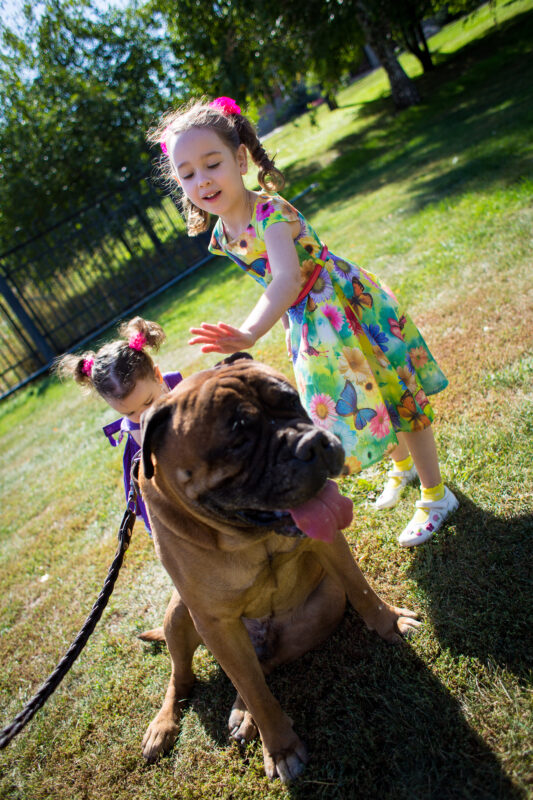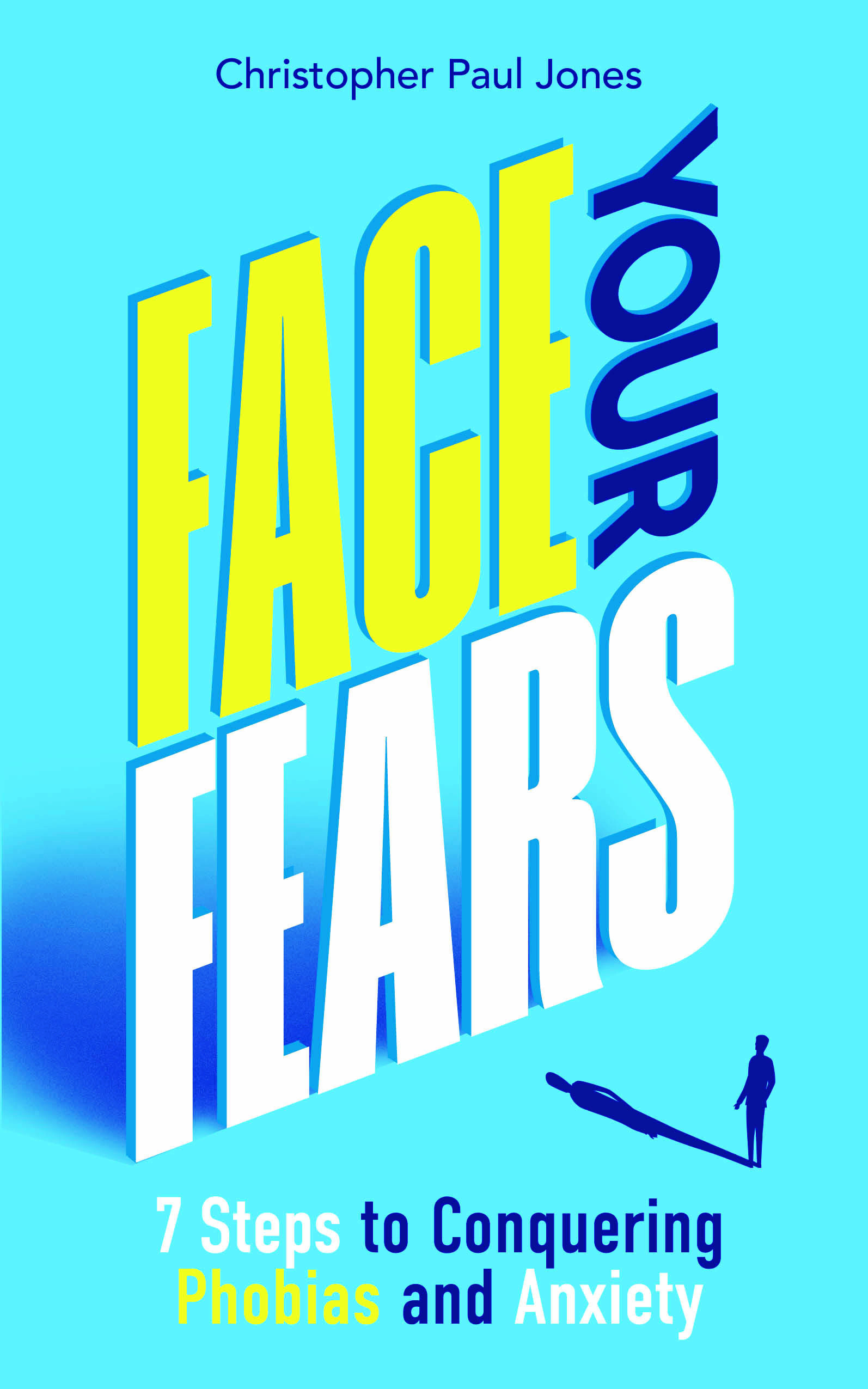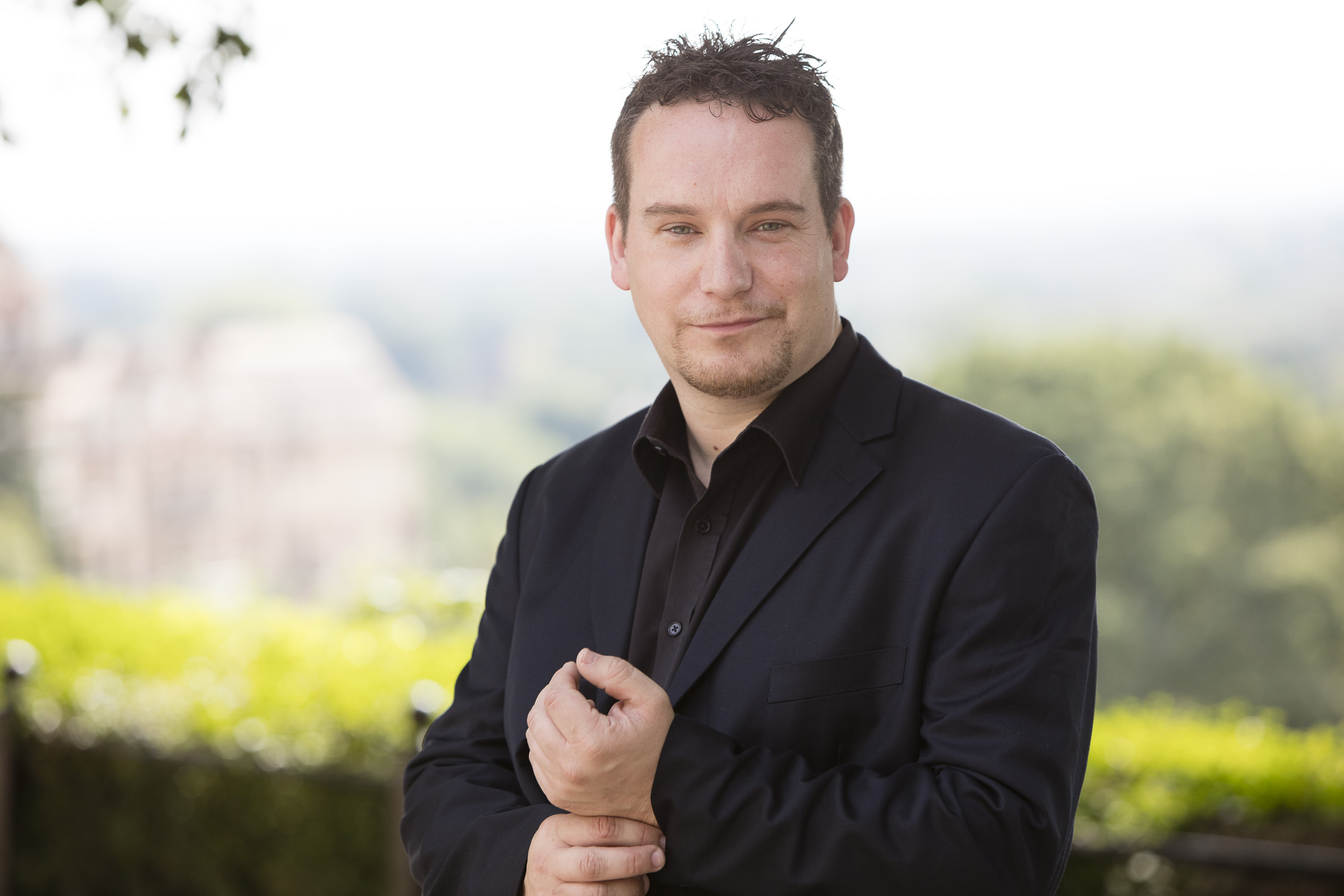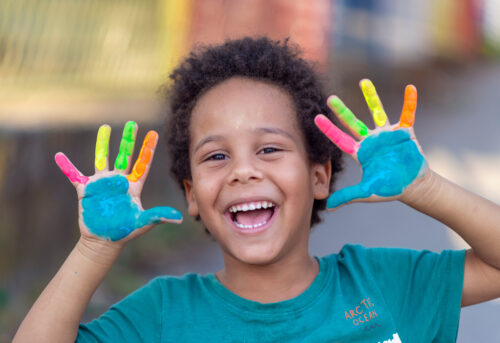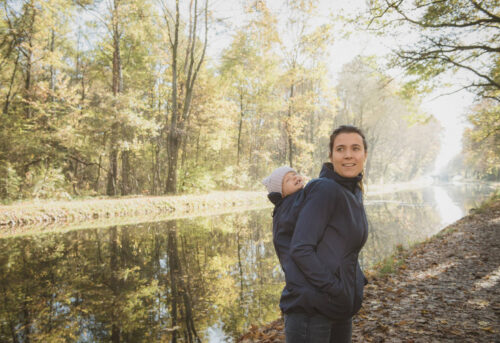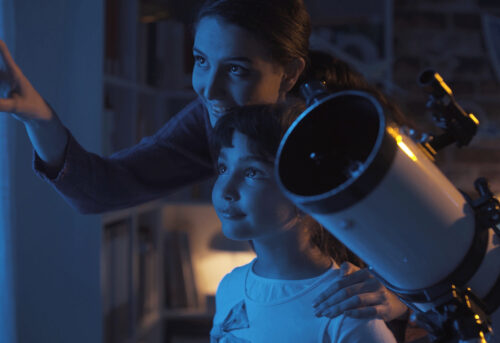Christopher explains: ‘A fear of dogs may be a primal fear of predators such as wolves. Or it may be the result of witnessing other people’s fear of dogs, and this is often seen in young children. If as a parent, or carer you are anxious around dogs, then your child is more likely to develop a phobia. So, if dogs make you nervous, try not to show it when your child is watching.
A common cause of cynophobia is a past negative experience with dogs; traumatic encounters such as being bitten, chased, or threatened by a dog can embed a sense of fear that persists into adulthood. This lasting anxiety is sometimes known as the Pavlovian response, a process in which the brain forms a strong association between the stimulus (dogs) and the traumatic response (fear) even in situations where dogs pose no real threat. Once you understand this connection, it helps you to understand that cynophobia is not an irrational fear, but a learned response to genuine past dangers.
‘The intensity of fear can range from mild discomfort around dogs to
debilitating panic attacks. Some children might only experience fear in
specific situations, like encountering unleashed dogs or being in
crowded dog parks. Others might experience anxiety around any dog,
regardless of size, breed, or behaviour. Fear can strain relationships
with dog-owning friends, prevent visits to dog-owning relatives, and
hinder social activities like walks in the park. Anxiety about
encountering dogs in public places can limit travel options and restrict
daily routines. The fear can cast a shadow over daily activities,
creating a sense of unease. It’s not something to be mocked or
dismissed.’
Here are five tips to help you help your child:
1. Identify the root cause of your child’s fear
Understanding the roots of any phobia is crucial. Talk to your child
about their unease around dogs and explore specifics. Are they afraid of
physical harm, do they fear a loss of control, or is the root of what
they are feeling to do with a past traumatic event?
2. Is there a reward for fear?
Try to work out if the fear your child feels helps to keep them safe
from situations they see as dangerous. Ask yourself if they seem to
enjoy the attention they receive because of this fear? Would they lose
anything if the fear were to disappear?
Phobias can serve hidden ‘gains’ that may not seem logical: things
like avoiding situations we find uncomfortable about, attracting
attention and care from others, or feeling that fear protects us or
keeps us safe. Understanding these gains can make it easier to let go of
fear.
3. Try to relax
Calm is the key to accessing emotions, and then letting them go. When
children are relaxed, that are able to deal with fears more
effectively. Teach your child the 4-7-8 Breathing Technique which
involves inhaling quietly through the nose for four seconds, holding the
breath for seven seconds, and exhaling forcefully through the mouth,
pursed around the tongue, for eight seconds. This breathing pattern,
repeated three to four times, acts as a natural tranquiliser for the
nervous system. It's particularly effective in reducing anxiety because
it increases the amount of oxygen in the bloodstream, slows the heart
rate and stabilises blood pressure.
4. Script Flipping
Part of your child’s fear of dogs will be what ifs: for example, what if the dog jumps on them? You can tackle what ifs by Script Flipping. Write down as many what ifs as your child can think of, then help them replace each what if with a positive statement or question. For example, what if the dog calmly sits by their side?
Encourage your child take the new statements and questions and
visualise them, adding affirmations that introduce a new narrative –
such as ‘I can be calm and happy and in control around dogs.’
5. Visual and auditory changes
Ask your child to imagine a dog that triggers their phobia and then,
in their mind’s eye, start to shrink that image, making it lose its
colour until it’s black and white, and then letting it play backward
like a film reel running in reverse. This process helps to diminish the
emotional impact the image has on them. The absurdity of a dog walking
backward in a silent movie fashion creates a distance between them and
the fear.
If the bark of a dog is a trigger, ask your child to imagine that
sound becoming high-pitched, like a cartoon character. You could even
overlay it with a ridiculous sound effect. Incorporating humorous or
nonsensical auditory elements can help to break down a sense of fear.
It’s like the Ridiculous Spell in Harry Potter: by actively changing how
we visualise and hear our fears, we engage different neural pathways,
reducing the original stimulus's emotional and physiological impact. And
laughter and humour have been shown to reduce stress hormones such as
cortisol and adrenaline too.
ABOUT THE AUTHOR
Christopher Paul Jones is a leading Harley Street phobia expert who
has overcome his own fears following 20 years of research which has
taken him across Europe, North America and Asia. Christopher’s clients
come from all over the world and include Hollywood actors and Oscar
nominees, models, musicians, presenters and celebrities. His book, Face Your Fears, is available on Amazon.
Visit
www.amazon.co.uk
www.christopherpauljones.com
https://www.youtube.com/user/NewLIfetraining
https://www.instagram.com/christopherpauljones/
https://www.facebook.com/ChristopherPaulJonesTheBreakthroughExpert
https://twitter.com/breakthruexpert


